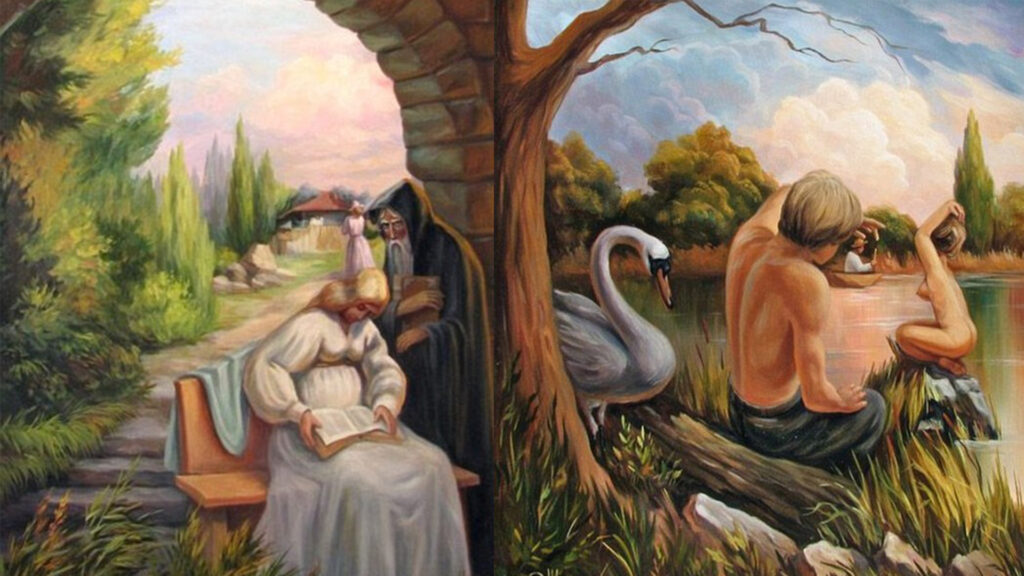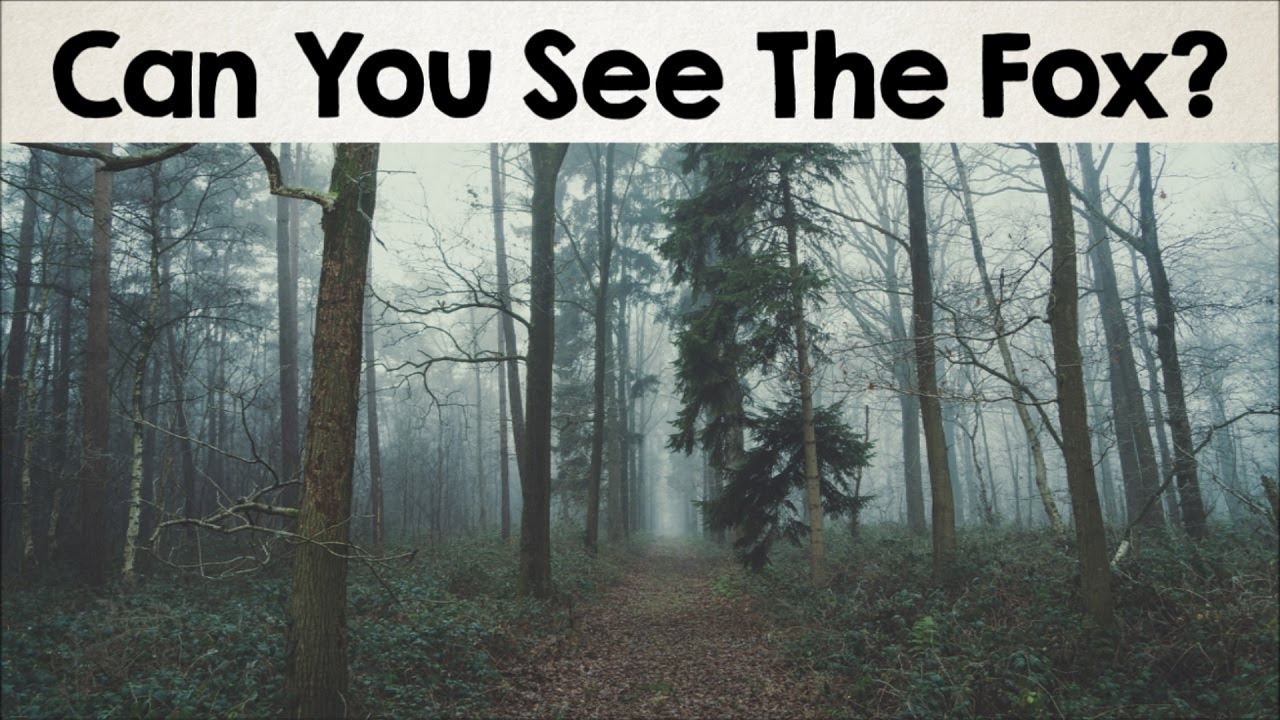Optical illusions are fascinating visual phenomena that challenge our perception and test the limits of our observational skills.
These images play tricks on our minds, making us see things that aren’t there or hiding objects in plain sight.
One of the most intriguing types of optical illusions is the hidden object illusion, where a familiar figure is camouflaged within a complex background.
In this listicle, we will explore a specific optical illusion that has gained popularity for its difficulty and intrigue: finding the hidden wolf in an image.
Only those with sharp supervision can identify the wolf within just ten seconds. Let’s dive into the details and tips to help you spot the elusive creature.
1. Understanding Optical Illusions
Optical illusions occur when our brain interprets visual information in a way that contradicts reality. These illusions can be categorized into various types, such as literal illusions, physiological illusions, and cognitive illusions.
The hidden wolf illusion falls into the category of cognitive illusions, where our brain is tricked into seeing something that isn’t immediately obvious.
The image is designed to deceive our perception by blending the wolf seamlessly into the background.
Understanding how optical illusions work can give us insight into why some people can spot the hidden objects quickly while others struggle.
2. The Science Behind Hidden Object Illusions
Hidden object illusions rely on the brain’s ability to fill in gaps and recognize patterns. Our visual system is wired to detect familiar shapes and forms, but when these shapes are camouflaged within a complex scene, our brain has to work harder to identify them.
The hidden wolf illusion takes advantage of this by using elements like color, texture, and shadow to blend the wolf into its surroundings.
Studies have shown that individuals who excel at finding hidden objects tend to have better visual processing skills and can quickly differentiate between subtle variations in the image.
3. Tips for Spotting the Hidden Wolf
To increase your chances of spotting the hidden wolf within ten seconds, follow these tips:
- Take a Step Back: Sometimes, looking at the image from a distance can help you see the bigger picture and spot the hidden object more easily.
- Look for Patterns: Focus on identifying patterns that might indicate the presence of the wolf, such as shapes that resemble the wolf’s fur or outline.
- Adjust Your Focus: Try shifting your focus from one area of the image to another. This can help you catch details that you might miss if you stare at a single spot for too long.
- Relax Your Eyes: Straining your eyes can make it harder to see the hidden object. Relax and let your eyes naturally scan the image.
4. The Role of Color and Contrast

Color and contrast play crucial roles in hidden object illusions. In the hidden wolf image, the wolf is likely camouflaged using colors that closely match the background.
By minimizing the contrast between the wolf and its surroundings, the image makes it difficult for our brain to distinguish the wolf from the background.
To overcome this challenge, try to identify any areas where the colors or shading seem slightly off, as these could indicate the presence of the hidden wolf.
5. Common Mistakes to Avoid
When attempting to spot the hidden wolf, there are several common mistakes that people make:
- Overthinking: Trying too hard to find the hidden object can sometimes backfire. Trust your instincts and let your eyes do the work.
- Focusing on the Wrong Area: People often fixate on one part of the image, missing the hidden object in another area. Make sure to scan the entire image.
- Ignoring Subtle Clues: Small details like slight differences in texture or shadow can be crucial in identifying the hidden wolf. Pay attention to these subtle clues.
6. Why Some People Are Better at Finding Hidden Objects
Research suggests that some individuals are naturally better at finding hidden objects due to differences in visual processing abilities.
These individuals have heightened attention to detail and can quickly recognize patterns. Additionally, experience and practice can improve one’s ability to spot hidden objects.
Engaging in activities that challenge your visual perception, such as puzzles and games, can sharpen your skills over time.
7. The Fun and Challenge of Optical Illusions
Optical illusions are not just entertaining; they also provide a fun challenge that can improve cognitive abilities.
Solving these illusions can enhance your attention to detail, improve your problem-solving skills, and boost your visual memory.
The satisfaction of finally spotting the hidden wolf after a challenging search is a rewarding experience that keeps people coming back for more.
Conclusion
The hidden wolf optical illusion is a perfect example of how our perception can be tricked by cleverly designed images.
While some people may spot the hidden wolf within seconds, others might take longer, and that’s okay.
The key is to approach the image with a relaxed and open mind, using the tips and techniques discussed in this listicle.
Whether you find the hidden wolf quickly or after a bit of effort, the journey of engaging with optical illusions is both enjoyable and mentally stimulating.
So, next time you come across a hidden object illusion, remember these tips and enjoy the thrill of the search.

